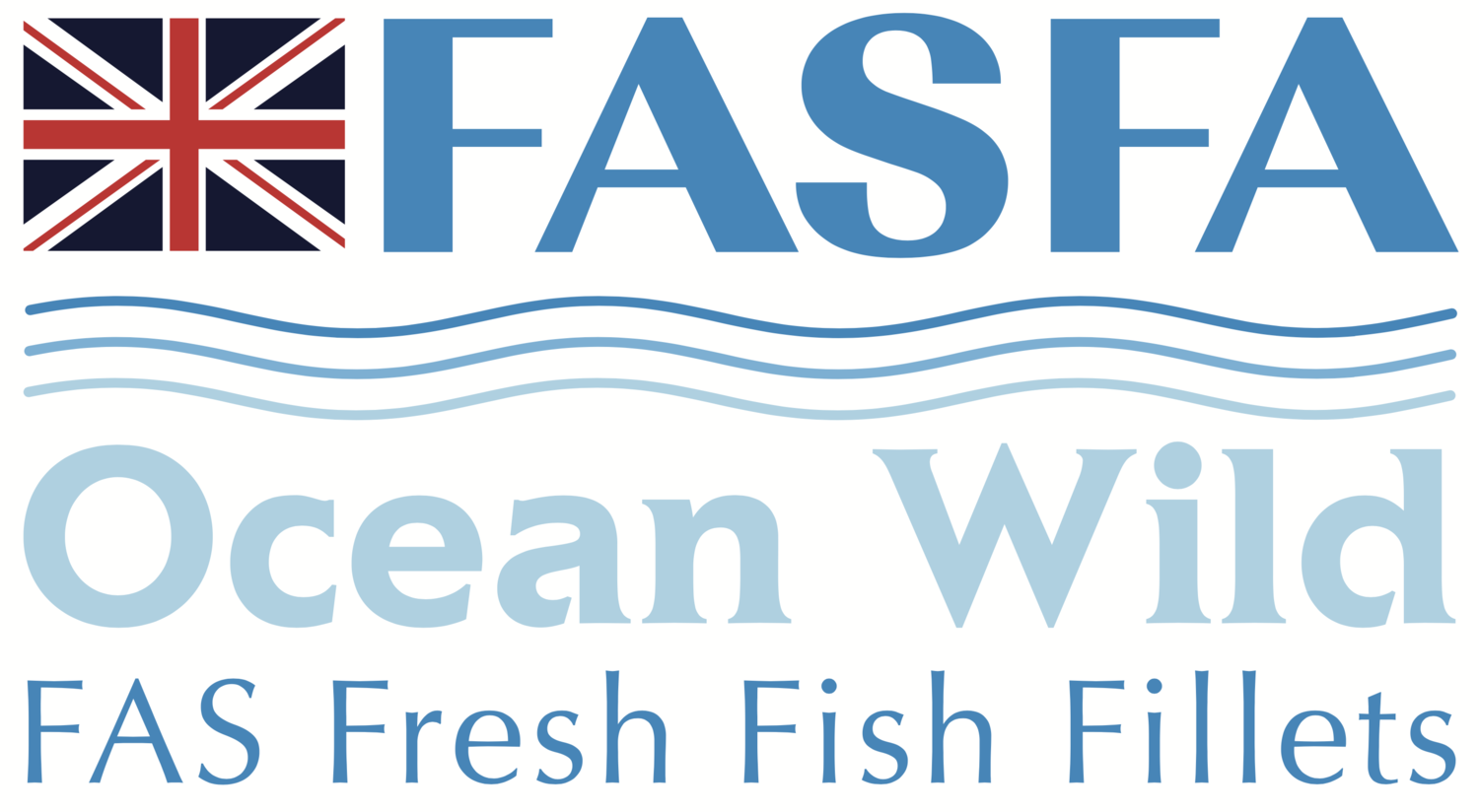Putting the price of Fish & Chips into perspective
The cost of a portion of fish and chips more than tripled from 25p in 1970 to 83p in 1980. From there it doubled to £1.68 in the 1990s. From the 1990s to the 2000’s the cost of fish and chips increased by 45% to £2.43. In 2012, the average cost was £3.30, which was a 35.8% increase in price over the decade and in London the average cost of a portion of fish and chips was £5.00. Another decade on, is it not surprising that our favourite takeaway has on average doubled in price again. (Reference: Inflation data.com).
Although seemingly becoming more expensive to purchase, fish and chips still has in its favour that it provides ‘great honest, unadulterated quality ingredients’ – a point that can be argued provides an eventual purchase that is indeed good value for money.
When promoting fish and chips to the consumer, businesses, and wider industry, needs to be mindful to underline some of the other intrinsic qualities and benefits of the ‘fish and chip meal’:
The highest quality raw ingredients are sourced in a responsible manner from sustainable stocks and sources. Great shops will have forged strong relationships with their various suppliers and have a good understanding of their supply.
Ingredients are stored and prepared with attention to detail. Efficient and effective management systems and processes are in place.
Ingredients are cooked with care and expertise. The staff of great shops could often be said to literally ‘live, breathe, eat fish and chips – it might seem a simple food, but it takes a lot of hard work and dedication to achieve fish and chips greatness!
Served with passion and a smile. Great shops will invest time and resources in ensuring staff are well trained.
Educate and inform – great shops are good at telling customers a story as to where their food comes from – what boat the fish was landed from or where the potatoes used were sourced from. Great shops are also often good at informing customers of the nutritional composition of fish and chips.
All contribute to creating a fantastic dining and fish and chip eating experience – which is well worth the cost.
Regarded too often in media circles as being bad for your health, those in the know appreciate that fish and chips are in fact a fantastic natural, nutritional meal which is an excellent source of protein, and far better than most other takeaway foods. A portion of fish and chips provides the body with carbohydrates, vitamins B6 and B12, vitamin C, iron, calcium, and phosphorous, as well as the trace elements iodine, fluorine, zinc, and some important dietary fibre.
If eaten in moderation and as part of a balanced diet, fish and chips is a wholesome, nutritious meal that contains fewer additives than other takeaways such as burgers and curries and contains a number of essential minerals and vitamins.
Fish and chips are one of the least adulterated prepared foods that we can eat; wild caught fish, freshly harvested potatoes, some flour for batter, oil for the cooking medium, and all cooked with care and attention, skill, and expertise to produce a tasty and nutritious meal. The quick frying methods used today, and the high-quality oils used by fish and chip shops, mean that very little oil, if any, gets into the actual fish. In essence, the fish within the protective covering of batter is steamed to succulent perfection.
These are some of the qualities that need to be focused on whenever the industry is countering any flak regarding rising prices and questions about value for money.
